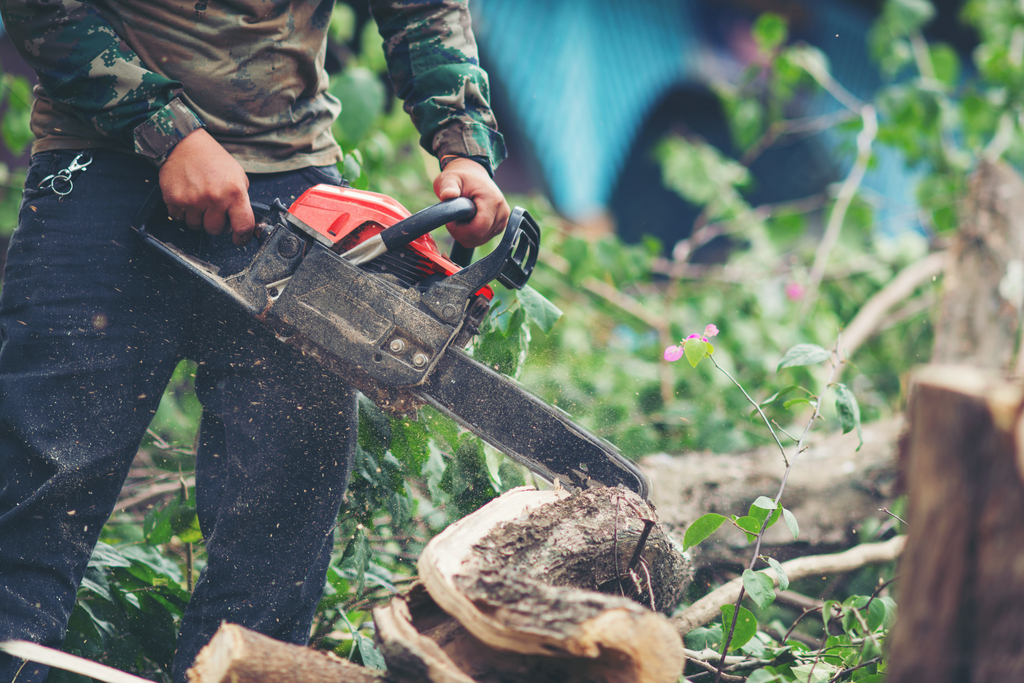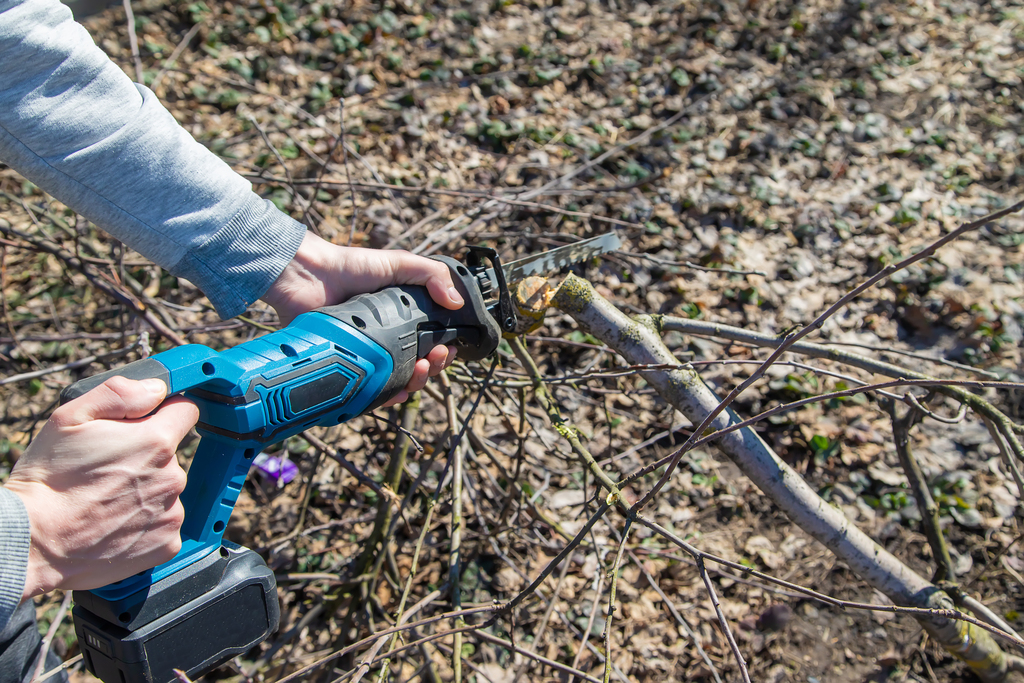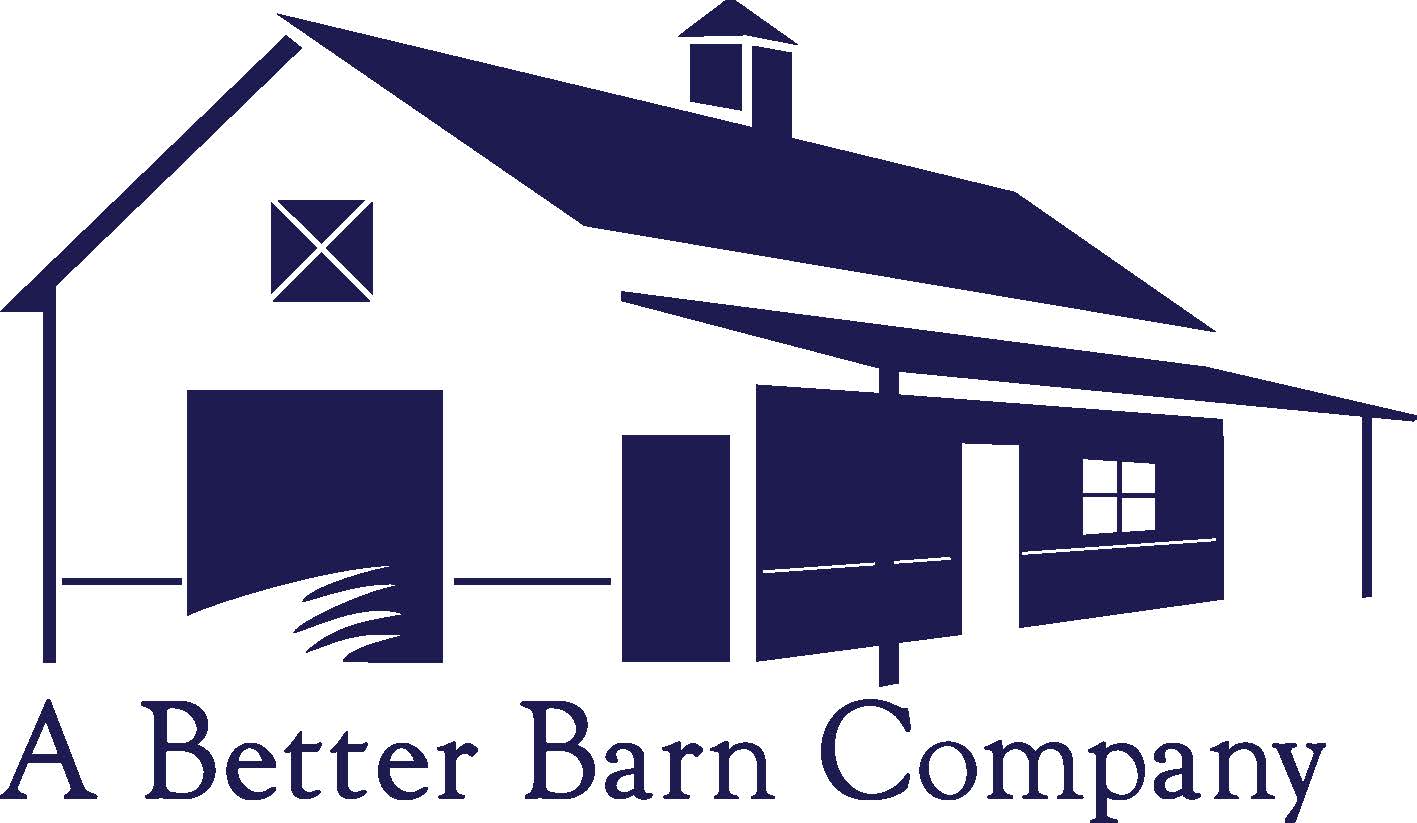If you are new to DIY construction or home improvement there are some basics that you need to understand before beginning a project. One of those basics are power-saws. Power-saws decrease the amount of time that your DIY or home improvement project will take to finish. By learning to use these power saws properly, you’ll be popping bottles celebrating your success in record time. So let’s get started.
Power saws are used for small and large projects and come in a variety of sizes from light weight, versatile saws to much more heavy duty. These saws have a variety of power outputs and are created with a specific job in mind. That is why it’s important to know how to best utilize these saws to accomplish your desired result. Let’s discuss these in brief below.

Chainsaws
Chainsaws are the most common saw and they are used to cut down trees, branches and other forms of timber to be used for firewood. One drawback to Chainsaws they chew through the material and their cuts are usually ragged. They should not be used for making precision cuts.
Circular Saws
Circular saws are extremely versatile are are used for a variety of home improvement projects. They are a fantastic choice for someone who does not want to purchase multiple saws that they would only use occasionally. They are powerful enough to cut through very thick wood. Make sure when purchasing one that the on/off switch is in an easily accessible position in case it needs to be turned off quickly.
Mitre Saw
A mitre saw is a type of circular saw that works well for crosscutting. They cut at precise angles, dimensions, and lengths and are used for detailed work and are commonly used for woodworking.

Saber Saw
A saber saw, also known as a jigsaw, works well to cut paneling and other thin, flexible materials. It’s a versatile tool that is sturdy and fits well in your hand. The quality of the saber saw isn’t as important, as the quality of the blades you use. Make sure that you buy high quality blades which will affect the overall precision of your cuts.
Table Saw
A table saw is used for bigger jobs and for long pieces of material. It is a simple design with four legs, a flat table top surface with a saw blade located in the center. The materials sit flat on the table and are held steadily in place as they glide past the blade giving you a clean even cut.
Band Saw
A band saw is the best option to make a cut in the middle of an object or away from the edge of your piece of material. The band saw has a small table with a thin blade that comes down from the top. Simply clamp your material in place to line up with the band and pull the top part of the band saw down. This saw works great for cutting out wall plugs and door knobs.
Crosscut Saw / Rip Saw / Keyhole Saw
There are several small power saws as well, like the crosscut saw, which is great when cutting across the grain. A rip saw operates similar to a circular saw but it is smaller. A keyhole saw is used to make curved cuts or to put round holes in paneling and dry wall.
It’s important to properly store your saw so that it is not a safety hazard. Unplug your saw after every use. Make sure that you protect that blade and clean them after every use so that they do not rust. Never operate a saw with a rusty or bent blade, this is a safety hazard.
Saws are powerful tools and you should always were safety glasses while operating them. You also need to use any guards that come with the saw for your own protection. Take some time to investigate the right saw to use for your particular project and make sure you fully understand how to use it.





0 Comments